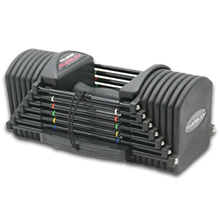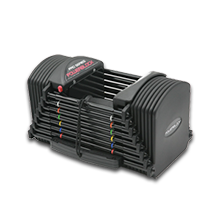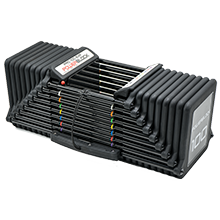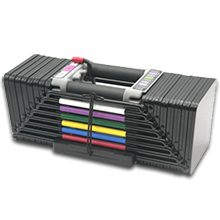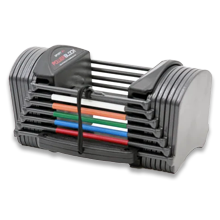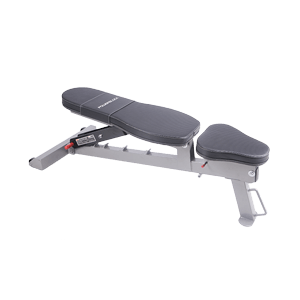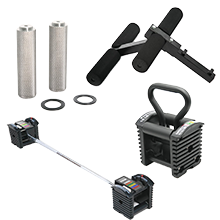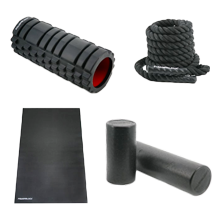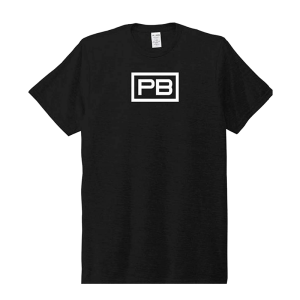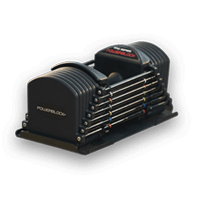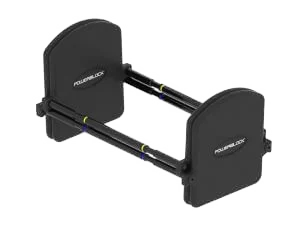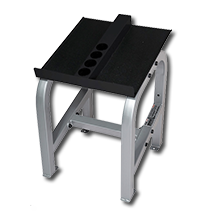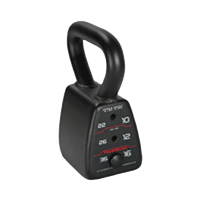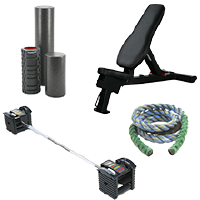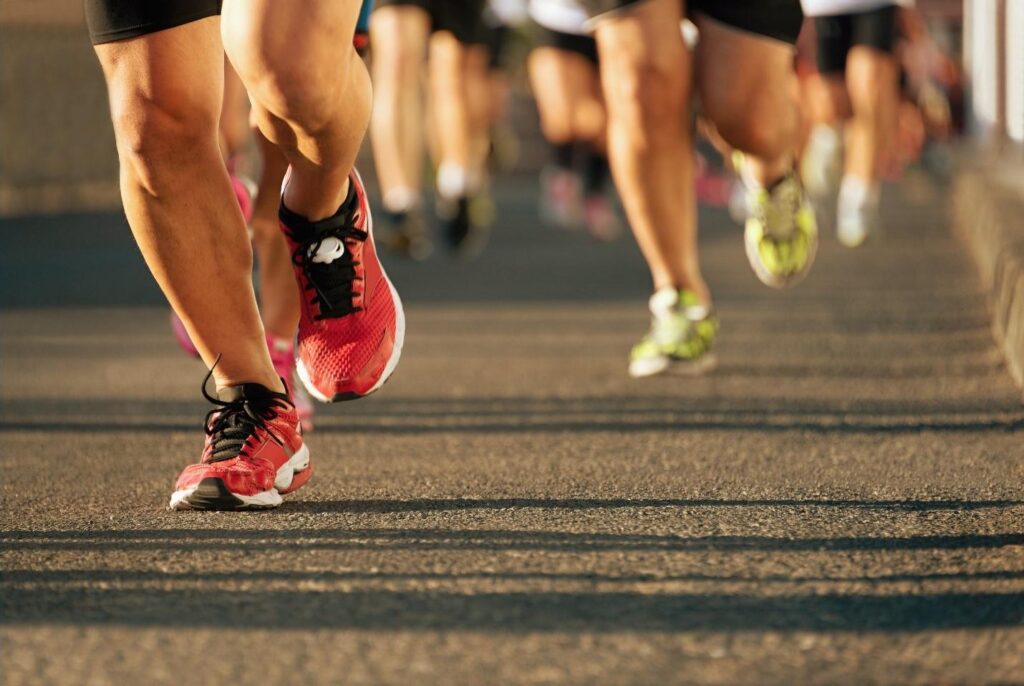
Strength Training: for Runners
For every runner, the goals are to run faster, longer, and stronger. What you might not know is that strength training can help runners achieve a PR (personal record). Supplementing a running program with strength work is good for both your running and your overall health. Our runner’s strength training guide has everything beginners and experienced runners need to know.
Why Is Strength Training Important For Runners?
As much as you enjoy running, it shouldn’t be the only exercise you get. Here are some of the best strength training benefits for runners:
- It improves running economy and form by making your supporting muscles stronger and more stable.
- It reduces the risk of overuse injuries and increases bone density.
- It improves aerobic capacity and endurance.
- It speeds up metabolism so your body burns more fat.
- It helps you stay fit during the running off-season.

How Often Should Runners Strength Train?
Most trainers and coaches, including Stacy Sims in her book ROAR, recommend 2-3 strength training sessions per week for 30-60 minutes each. The key is not letting it interfere with your running schedule. As such, experts suggest doing strength sessions on the same days as your hard runs and tempo runs. This ensures you have at least one easy day or rest day before each hard day.
What Muscle Groups Should Runners Target?
While many muscles must work in coordination to run, some are particularly important. The key muscles to focus on for strength training are:
- Glutes (the posterior)
- Core and deep abdominal muscles
- Quads
- Hip flexors
- Hamstrings
- Calves
Also, keep in mind that you shouldn’t strength train to the point of soreness or exhaustion. The goal is to get stronger, not to burn out or get hurt.
Strength Training Exercises for Runners
Now that we’ve discussed the benefits of strength training for runners, here are some exercises we recommend for your program. Beginners can do them as bodyweight exercises; as you build strength, add PowerBlock™ adjustable dumbbells or kettlebells to increase resistance.
- Body Squats – The simple squat targets just about every muscle in your legs from the glutes down to the calves.
- Planks and Push-Ups – These work most of the core muscles along with your abs and shoulders. Variations such as walk-up planks and diamond push-ups keep them challenged.
- Reverse Lunges – A great balance exercise that also works the core, glutes, hips and hamstrings. Doing them in reverse strains your joints less than forward lunges.
- Glute Bridges – Doing these will help your glutes and lower back work more efficiently. Start with the two-leg bridge and work your way up to single-leg bridges.
- Step-Ups – Stepping up onto a stair, box or chair activates most lower body muscle groups, which improves stability and evens out imbalances.
- Heel Raises – This simple exercise strengthens the calves and ankles while improving the foot’s directional point. Progress from two-legged raises to one-legged raises to one-leg hops.
- Romanian Deadlifts – RDLs strengthen both the core and lower body in one movement, with particular benefits for the hip rotators and hamstrings.
